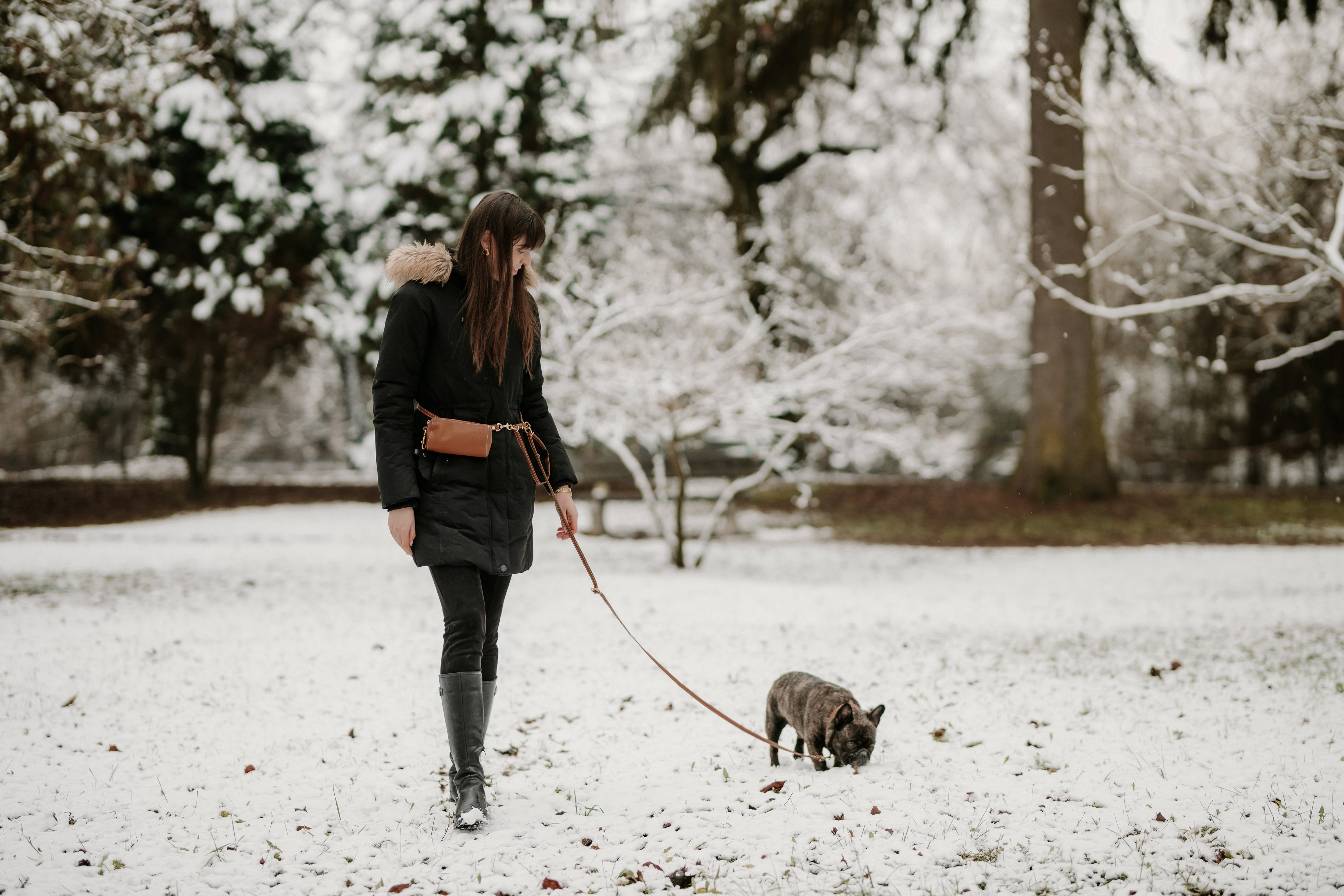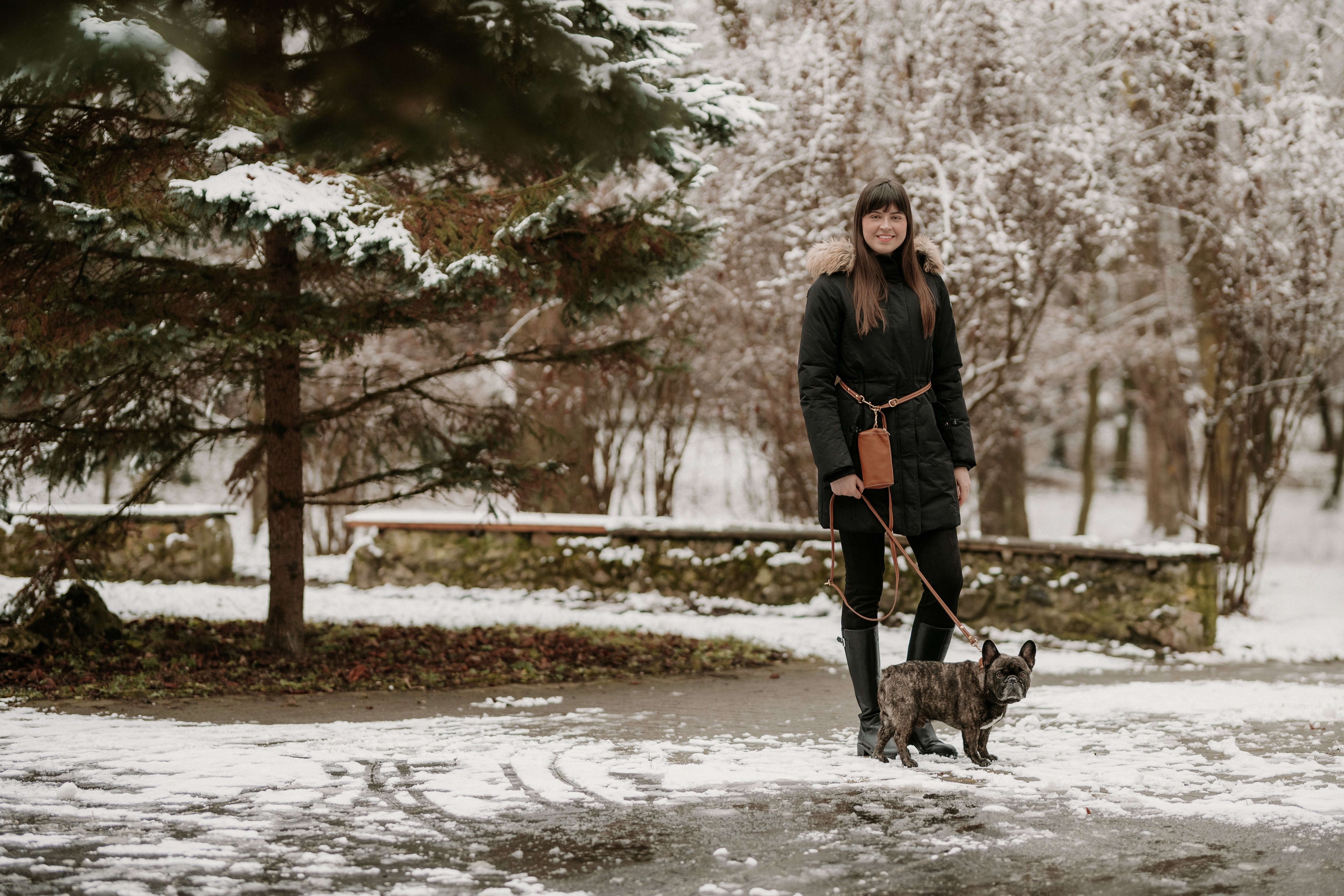
Are hands-free leashes good for dogs who pull?
If your dog tends to pull on walks, you might be wondering whether a hands-free leash is a good option. Hands-free leashes are designed to wrap around your waist or across your body, allowing for a more relaxed and natural walking experience. But are they suitable for dogs that pull?
Are hands-free leashes good for dogs who pull?
Hands-free leashes work for dogs that pull, and a lot depends on your dog's size, strength and training. Since the leash is attached to your waist, it distributes the force of pulling across your body instead of just your hand and arm. This can help maintain better posture and control, as well as lift the strain on your wrist.
What are the advantages of a hands-free leash?
- Better posture: Since you’re not gripping a leash, you avoid wrist and shoulder strain.
- More control: Distributes force evenly across your body, giving better balance.
- Hands-free convenience: Ideal for jogging, hiking, or pushing a stroller.
- Improved training opportunities: Allows you to use treats and commands more easily while keeping your hands free.
What leash is best for a dog that pulls?
For dogs that pull, the best leashes offer control and minimize strain. A hands-free leash that you wear around your waist or across your body can absorb shock and reduce sudden pulling forces. If your dog is in training, pairing the leash with a front-clip harness can help redirect pulling behavior.
Training your dog to walk without pulling
If your dog pulls, leash training is key. Reinforce good behavior with treats and rewards, and consider working with a professional trainer if needed. Over time, your dog can learn to walk calmly on a leash, making a hands-free option more practical. Here are some tips to help your dog develop better walking habits:
- Use positive reinforcement: Reward your dog with treats and praise when they walk beside you without pulling.
- Stop and wait: If your dog starts pulling, stop walking and wait until they calm down before continuing. This teaches them that pulling doesn’t get them where they want to go.
- Change direction frequently: Walk in different directions to keep your dog engaged and focused on you.
- Use the right gear: A hands-free leash with a bungee section or a front-clip harness can provide better control.
- Practice short training sessions: Start with short walks and gradually increase the duration as your dog improves.
- Seek professional help if needed: If your dog continues to pull excessively, a professional trainer can provide personalized guidance.



